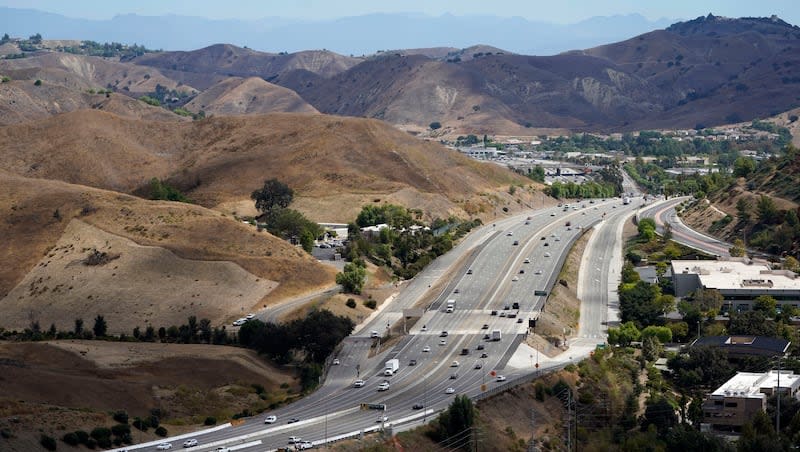How California is helping its mountain lion population

Highway 101 in California is closed starting this week as workers start construction on a wildlife corridor that will be “the world’s largest wildlife crossing,” according to CNN.
The 101 wildlife crossing project started because a lone mountain lion, known as P-22, would often roam Griffith Park, but was unable to cross the 101 to find a mate, CNN reported back in 2022.
Construction of the 101 wildlife crossing
CNN noted that Hollywood celebrities donated money to support the 101 wildlife crossing officially known as the Wallis Annenberg Wildlife Overpass.
The Wallis Annenberg Wildlife Overpass will connect mountain lion populations that are separated by the 101 highway, according to the National Park Service.
The overpass will help resolve scientists’ fears about inbreeding among mountain lions in Southern California, the National Park Service said.
Expected to be completed in 2025, the wildlife crossing will be the biggest one in the United States and will have natural features such as native plants to help it blend into the natural environment, per CNN.
What’s a wildlife crossing?
The U.S. Fish and Wildlife Service explains that wildlife corridors are paths that various species travel in response to weather events, seasonal changes or life cycle milestones.
For example, the National Elk Refugee in Wyoming is what elk in the area use to migrate in the winter.
Human development, including highways, can threaten natural wildlife corridors. That explains why many communities have built bridges, tunnels and other wildlife crossings to make up for changes to natural corridors.
Without them, many species can’t find food or mates, according to National Geographic.
National Geographic explains the several forms a wildlife crossing can take:
Wildlife bridges: First developed in France in the 1950s, wildlife bridges are covered in natural vegetation that help create a more inviting environment for animals. The longest wildlife bridge is in Denmark that measures 0.5 miles long.
Ecoducts: Ecoducts include a tunnel that runs underneath a road originally built for toads in Davis, California. It has not been very popular among the toads.
Wildlife crossings: This umbrella term that refers to bridges or tunnels that allow animals to safely cross highways and have been shown to decrease animal-related car accidents.

